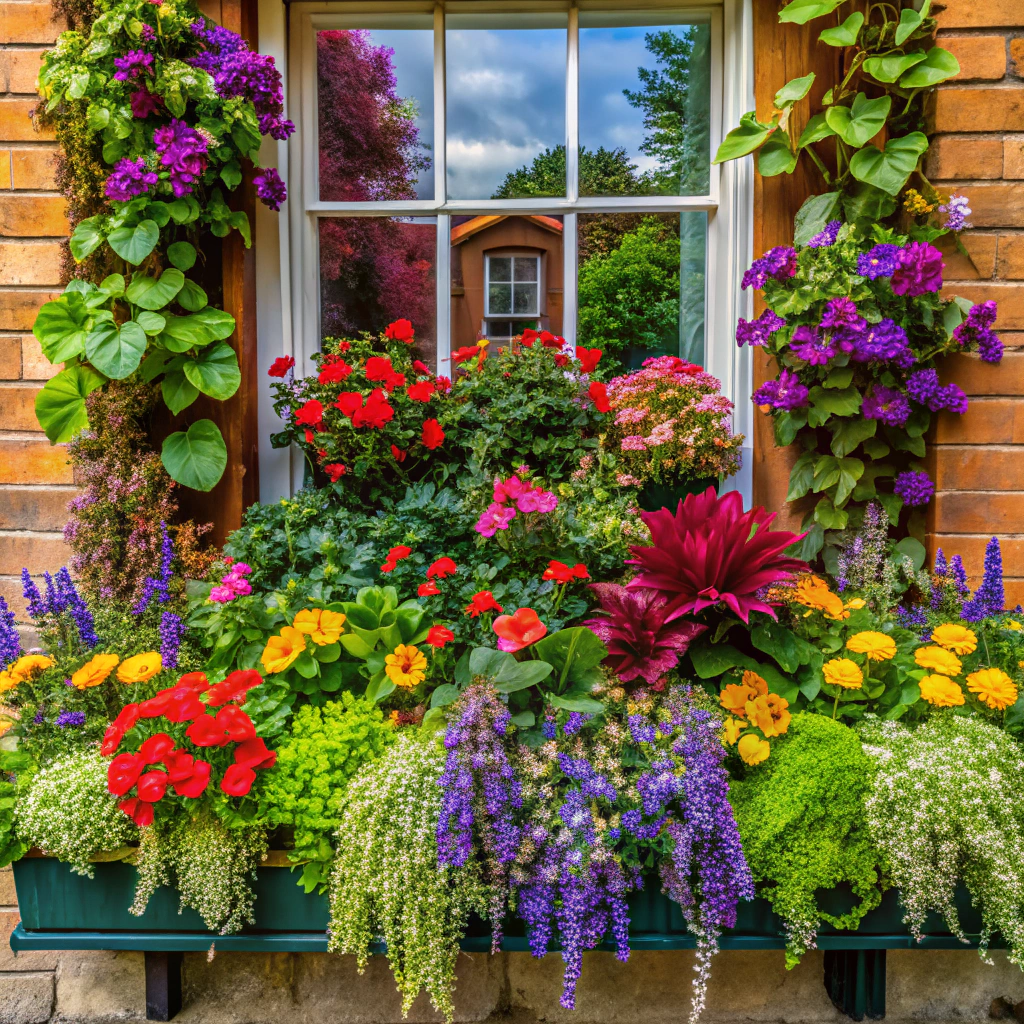Discover the various Malta window sizes and their benefits to enhance the aesthetic appeal and functionality of your home in this insightful blog post.
Welcome to my blog! If you’re in the process of building or renovating your home in Malta, one of the most important decisions you’ll have to make is choosing the right window sizes. Windows not only provide natural light and ventilation but also play a significant role in enhancing your home’s aesthetics and energy efficiency.
With so many options available, it can be overwhelming to decide which size is best for your space. In this post, I’ll guide you through everything you need to know about selecting the perfect window sizes for your Malta home.
So, let’s get started!
Malta Window Size Standards
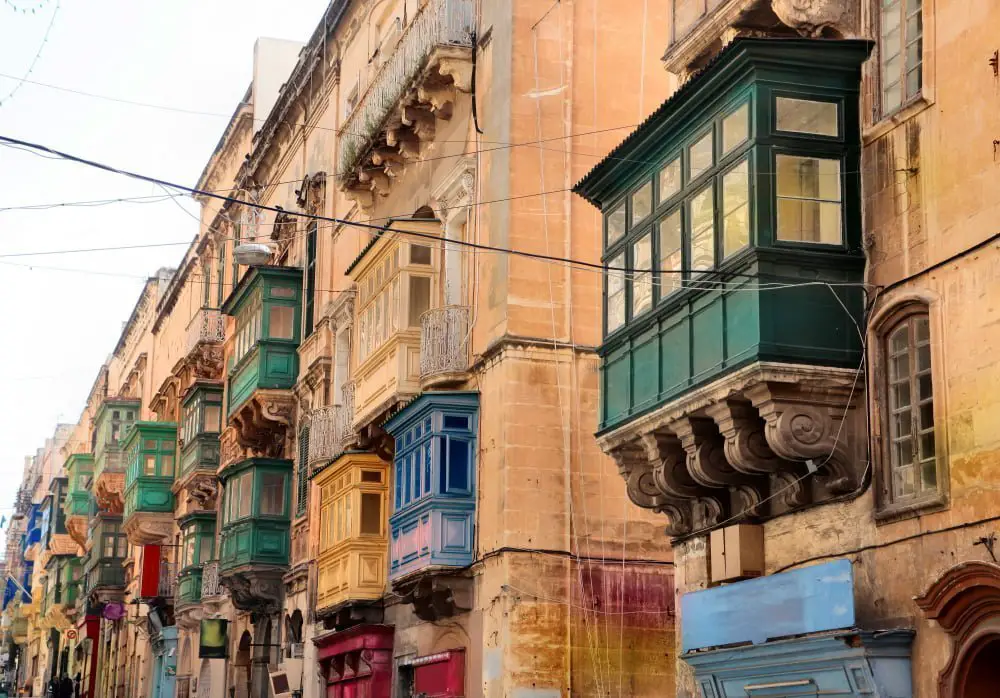
Malta has specific window size standards that must be followed to ensure safety, functionality, and compliance with building regulations. The Malta Standards Authority (MSA) sets the guidelines for window sizes in residential and commercial buildings.
These standards are based on factors such as wind load resistance, thermal insulation properties, natural light requirements, and emergency escape routes.
The MSA requires all windows to have a minimum height of 60cm from the floor level for safety reasons. They recommend that windows should not exceed 1.5 meters in width or height without additional support structures.
It’s essential to adhere to these standards when selecting your Malta window sizes because failure to do so can result in costly fines or even legal action if an accident occurs due to non-compliance.
Measuring Malta Window Sizes
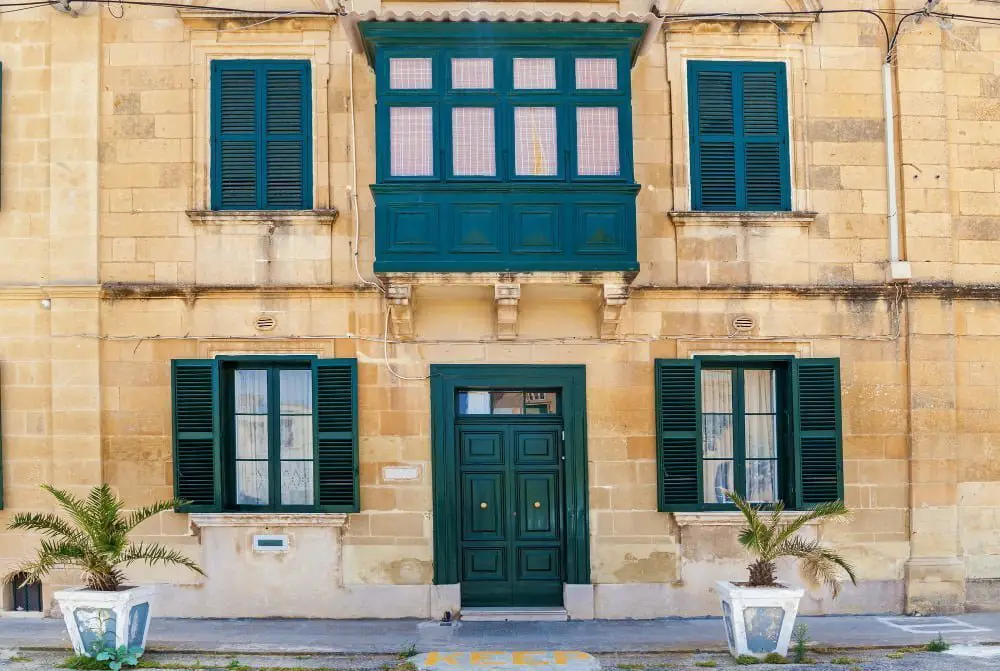
Measuring windows may seem like a simple task, but it requires precision and attention to detail. The first step is determining whether you need new construction or replacement windows.
For new construction windows, measurements are taken from the rough opening of your wall framing. On the other hand, replacement window sizes depend on measuring existing frames’ width and height.
It’s crucial that measurements are accurate because even small discrepancies can lead to ill-fitting or improperly installed windows that compromise energy efficiency and security.
If measuring seems daunting or confusing, consider consulting with a professional installer who has experience in taking precise measurements for Malta homes.
Types of Malta Windows
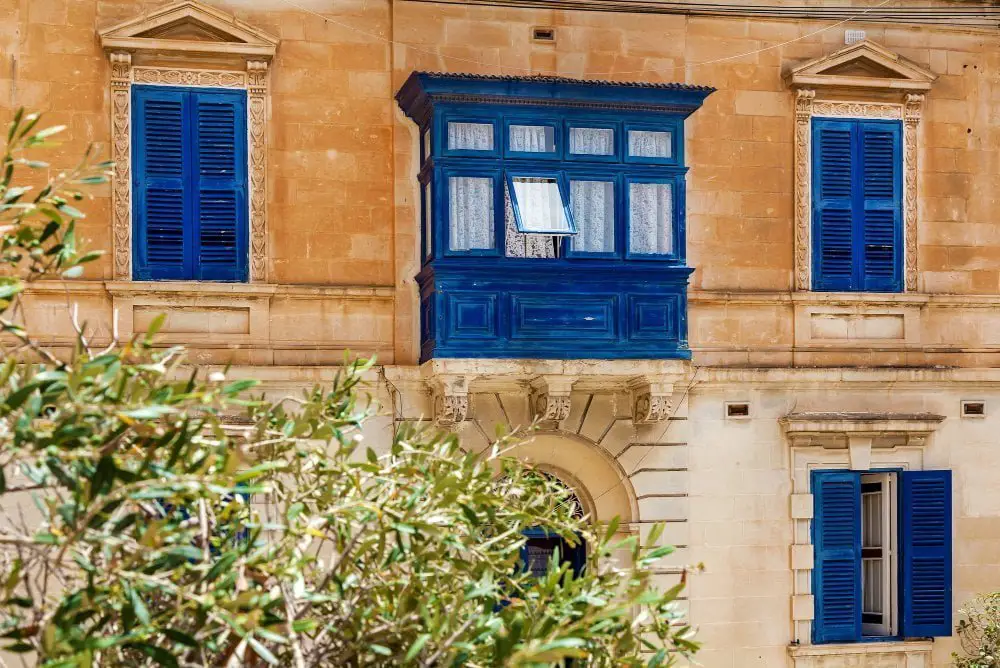
There are several types of windows available in Malta, each with its unique features and benefits.
Casement Windows: These are hinged on one side and open outward from either left or right. They provide excellent ventilation and can be easily cleaned from inside.
Sliding Windows: These slide horizontally along a track, making them ideal for spaces where there’s limited room for a swinging sash. They offer an unobstructed view when closed but only allow half the opening space compared to casement windows.
Double-Hung Windows: These have two operable sashes that move up or down within tracks in the frame. Double-hung windows offer good ventilation control as they can be opened at both top and bottom simultaneously.
Awning Windows: Awning-style is hinged at their top edge so they swing outwards like an awning when opened. This style provides great airflow while keeping rainwater out even if it’s raining outside!
Popular Window Sizes in Malta
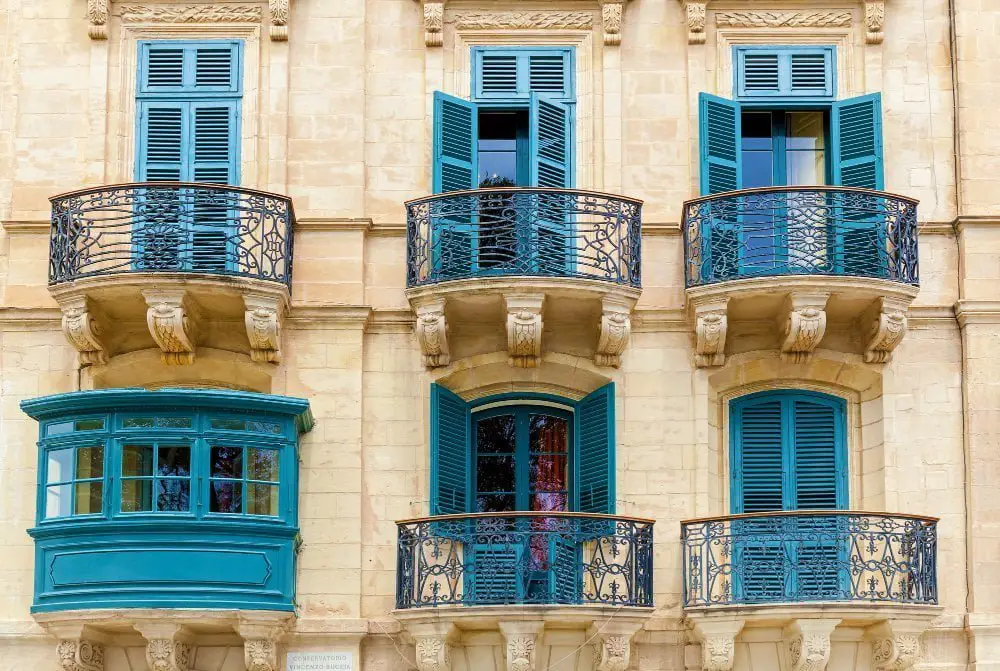
The most common window sizes in Malta include 1200mm x 1200mm, 900mm x 1500mm, and 600 mm x1000 mm. These standard sizes are readily available from most manufacturers and suppliers.
The larger size of windows such as the first two mentioned above is ideal for rooms where natural light is essential or where a view needs showcasing. They also provide better ventilation than smaller windows.
On the other hand, smaller-sized windows like those measuring at around (600×100) millimeters work well in areas with limited space such as bathrooms or hallways while still providing adequate lighting.
Custom Malta Window Sizes
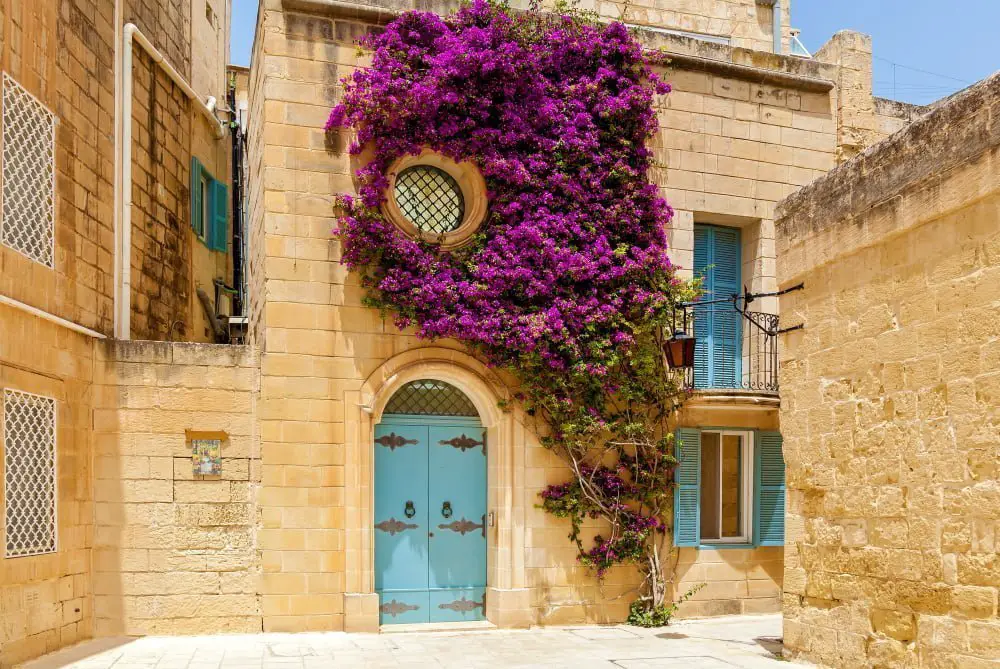
Custom windows allow you to create a personalized look for your home while ensuring optimal functionality and energy efficiency. With custom windows, you can choose from various shapes, styles, and materials to match your home’s architecture.
When opting for custom Malta window sizes, it’s essential to work with a reputable manufacturer or supplier who has experience in creating bespoke solutions. They will take precise measurements of your space and provide recommendations on the best options based on factors such as insulation needs and ventilation requirements.
While custom windows may cost more than standard-sized ones due to their uniqueness and complexity of design, they offer long-term benefits such as improved energy efficiency that can save money in utility bills over time.
Malta Window Size Regulations

These regulations are put in place to ensure safety, energy efficiency, and compliance with building codes. The Malta Environment and Planning Authority (MEPA) is responsible for enforcing these regulations.
According to MEPA’s guidelines, the minimum window area should be 10% of the floor area for habitable rooms such as bedrooms, living rooms or dining areas. For kitchens or bathrooms where natural ventilation is required by law a minimum opening equivalent to 5% of floor space must be provided.
It’s important to note that these requirements may vary depending on your location within Malta so it’s always best practice consult with an architect before making any decisions regarding window sizes.
Choosing the Right Malta Window Size
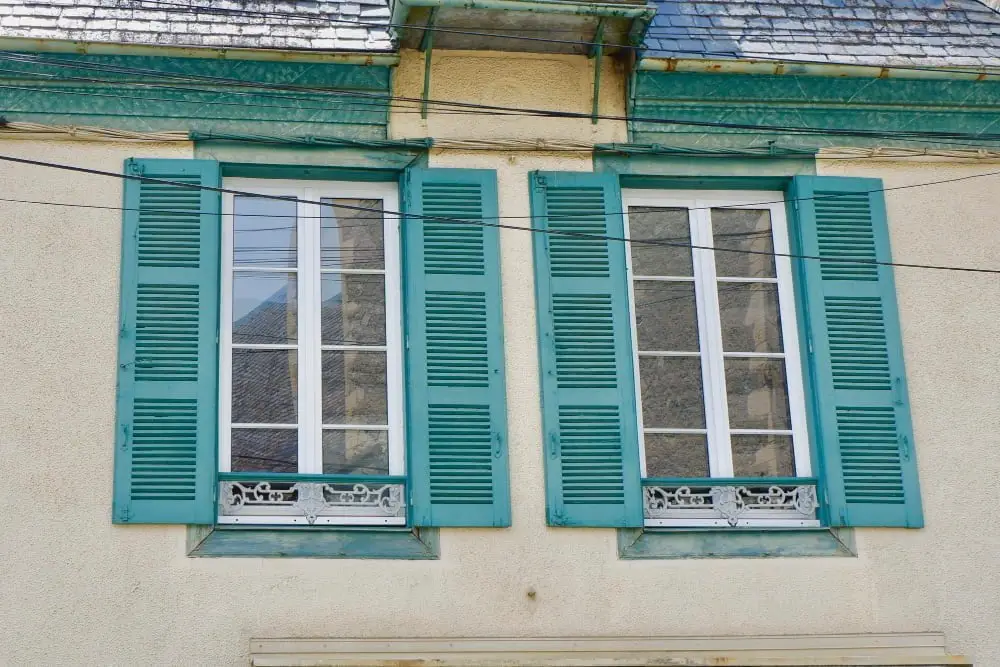
The first step is determining the purpose of your windows. Are they for ventilation, natural light or both? If you’re looking for a window that provides ample natural light and a clear view of the outdoors, then larger sizes such as picture windows or bay windows may be ideal.
However, if ventilation is your primary concern, then smaller sizes like casement or awning windows may be more suitable. Consider the room’s function when selecting window sizes; bedrooms typically require larger-sized openings than bathrooms.
Another crucial factor in choosing Malta window size is energy efficiency. Larger sized glass panes can lead to heat loss during winter months and increased cooling costs during summer months due to solar gain through glass surfaces.
Therefore it’s essential always to choose an appropriate frame material with high-quality insulation properties that will help regulate indoor temperatures while reducing energy bills over time.
Installation Tips for Malta Windows

Proper installation is crucial to ensure that your windows function correctly and provide maximum energy efficiency. Here are some essential tips for installing Malta windows:
1. Prepare the Window Opening: Before installing a new window, make sure that the opening is clean and free of debris or old caulking.
2. Check for Levelness: Use a level tool to check if the opening is level horizontally and vertically before placing in your new window.
3. Apply Caulk: Apply caulk around all sides of the frame where it meets with walls or siding material.
4. Securely Fasten Windows: Make sure that you use screws long enough to penetrate through both sides of each jamb into solid wood framing members behind them when securing windows in place.
5. Test Your Windows After Installation – Open and close each sash several times after installation; this will help identify any issues early on so they can be addressed quickly before causing damage later down-the-line!.
Maintaining Proper Malta Window Sizes
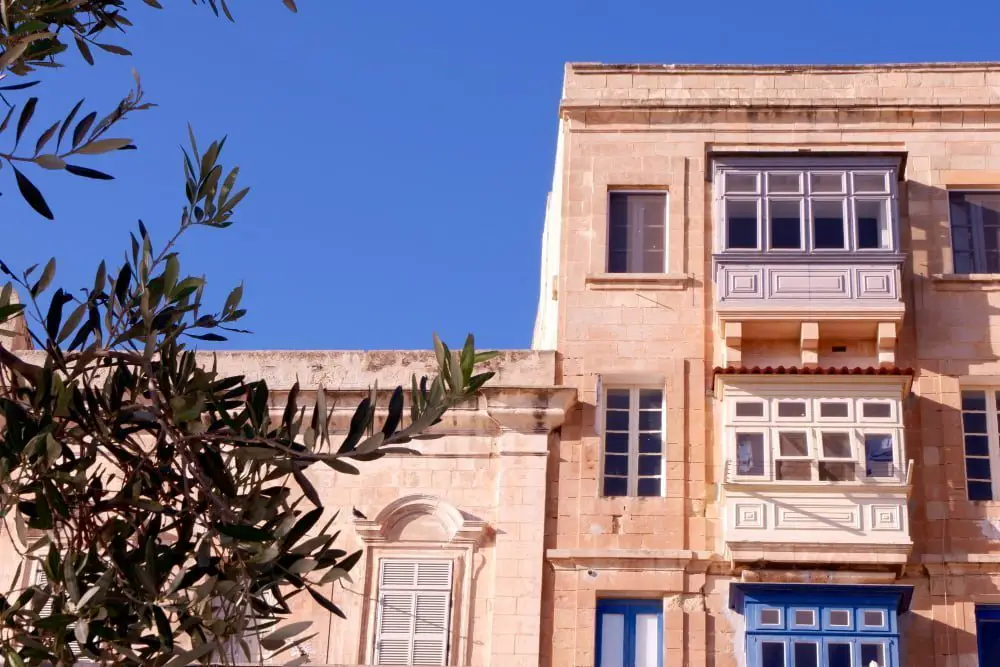
Regular maintenance not only ensures that your windows function correctly but also extends their lifespan. Here are some tips on how to maintain proper Malta window sizes:
1. Clean Your Windows: Dirt and debris can accumulate on your windows over time, making them look unsightly and reducing their functionality.
To keep them clean, use a soft cloth or sponge with mild soap and water.
2. Lubricate Moving Parts: If you have sliding or casement windows in Malta, lubricating the moving parts is crucial to ensure smooth operation.
3. Check for Damage: Inspect your windows regularly for any signs of damage such as cracks or chips in the glass panes or frames.
4. Seal Gaps: Over time gaps may appear between the frame and wall which can cause air leaks leading to energy loss; seal these gaps using caulking material around all sides of each window frame.
Benefits of Energy-Efficient Malta Windows

Energy-efficient windows are designed with advanced technology that helps reduce heat transfer, keeping your home cooler in the summer and warmer in the winter. This not only enhances your comfort but also reduces your energy bills by minimizing the use of air conditioning or heating systems.
Energy-efficient Malta windows can help reduce noise pollution from outside sources such as traffic or construction sites. They’re also better for the environment since they require less electricity usage which results in lower carbon emissions.
When selecting an energy-efficient window size for your Malta home, it’s important to consider factors such as orientation, shading devices like awnings or shutters, glazing type (single pane vs double pane), frame material (wooden vs aluminum), and insulation properties.
How to Replace Glass in a Caradco Window

Replacing glass in a Caradco window is relatively easy and can be done by following these simple steps:.
1. Remove the sash from the frame: To remove the sash, locate and unscrew any screws holding it to its hinges.
2. Take out old glazing: Use a putty knife to remove any old glazing around your broken pane.
3. Remove Broken Glass: Carefully take out all pieces of broken glass using gloves and safety glasses.
4. Measure for new Glass Pane: Using measuring tape, measure both height and width dimensions of where you removed old panes from so that you can order replacement panes with accurate measurements.
5. Install New Panes: Apply fresh putty around edges before inserting new pane into place then press gently until secure.
6. Reinstall Sash: Once everything is set up correctly reattach hinges onto their respective frames securely ensuring no gaps exist between them which could allow drafts inside home.
Aluminum Clad Windows: A Superior Alternative to Vinyl Windows
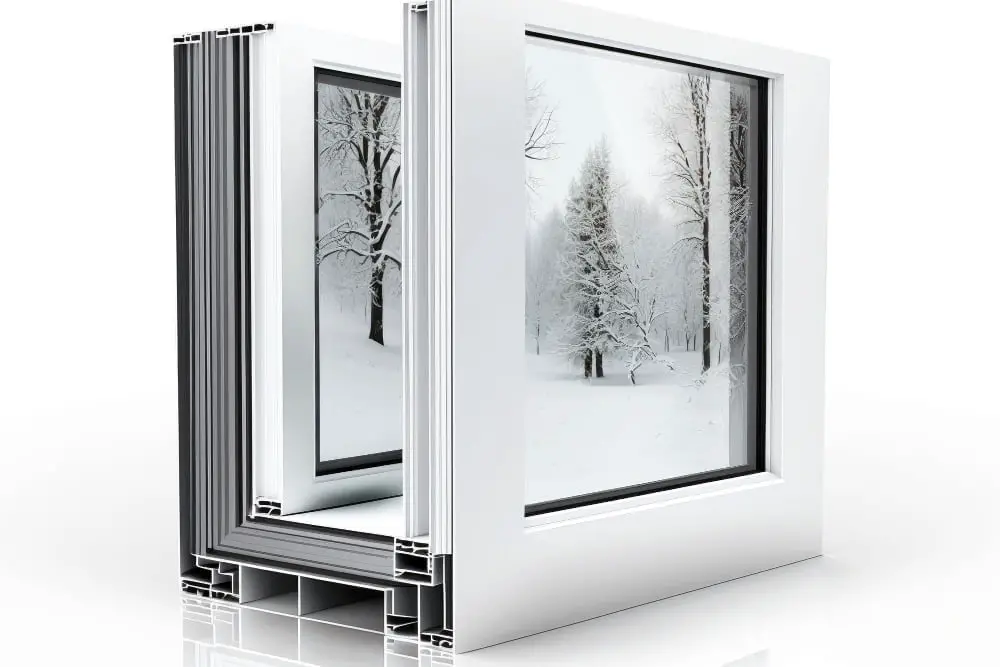
While both options have their pros and cons, aluminum-clad windows are a superior alternative to vinyl for several reasons.
Firstly, aluminum is a more durable material than vinyl. It can withstand harsh weather conditions such as strong winds and heavy rain without warping or cracking.
This makes it an ideal choice for homes located in areas with extreme weather patterns.
Secondly, unlike vinyl which fades over time due to exposure to sunlight, aluminum-clad windows retain their color even after years of use. They also require minimal maintenance compared to other materials like wood that need regular painting or staining.
Lastly, if you’re looking for energy-efficient window options that will help reduce your energy bills while keeping your home comfortable all year round; then look no further than Aluminum Clad Windows! These types of windows come with insulated frames that prevent heat loss during winter months while blocking out unwanted heat during summer months – making them perfect for Malta’s climate!.
If you’re considering replacing your old worn-out windows or installing new ones in your home; consider investing in high-quality Aluminum Clad Windows instead of Vinyl ones – they offer better durability & longevity along with improved insulation properties!.
How to Replace Glass in a Pozzi Window

Replacing the glass in a Pozzi window is relatively easy and can be done with some basic tools and materials. First, remove any broken or cracked pieces of glass from the frame using gloves and safety glasses.
Next, measure the size of the opening where you’ll insert new glass panes accurately.
Once you have your measurements, purchase replacement panes that fit precisely into those openings at any hardware store near you. Before inserting them into place on either side of each pane (inside/outside), apply silicone sealant around all edges for added protection against moisture infiltration over time.
FAQ
What is the history of the Malta windows?
The Malta windows originated from ancient times, specifically from the Arab world’s ‘muxrabija’, which was a wooden window frame screening the window space entirely.
What is a double hung window?
A double hung window is a type of window with two operating sash that can move up and down, allowing for ventilation from either the top, bottom, or both.
How has the design of Malta windows evolved over time?
The design of Malta windows has evolved over time, from traditional wooden balconies to contemporary glass-fronted structures, reflecting the island’s rich architectural history and Mediterranean influences.
What are the benefits of using Malta windows in architectural design?
“Malta windows provide the benefits of energy efficiency, increased natural light, and unique aesthetics in architectural design.”
How do Malta window sizes compare to other traditional window styles?
Malta window sizes are generally smaller than other traditional window styles.
Recap
